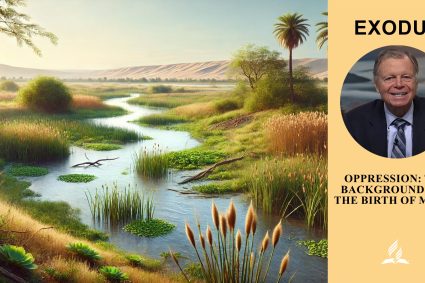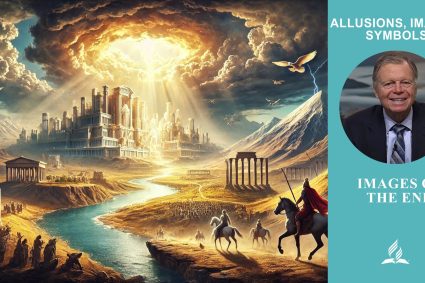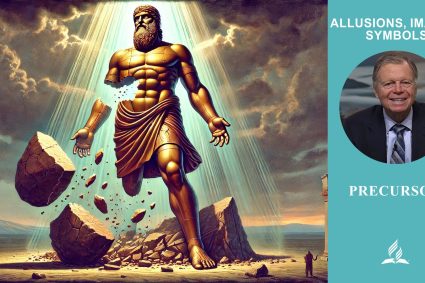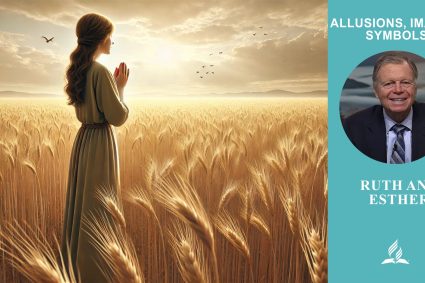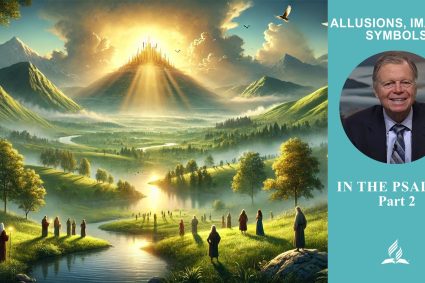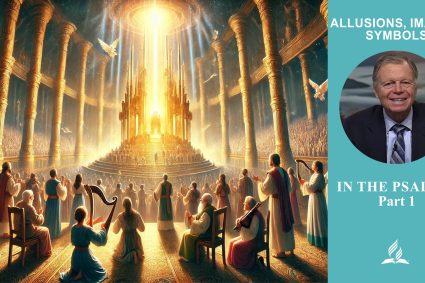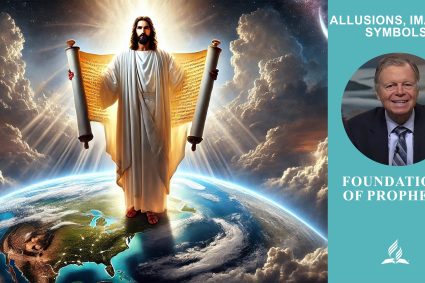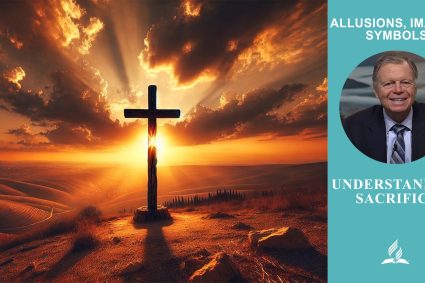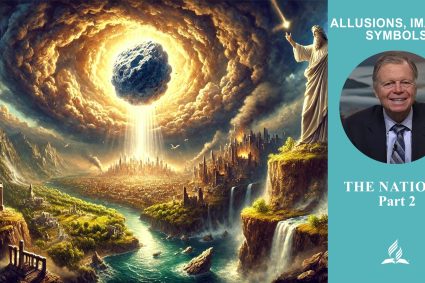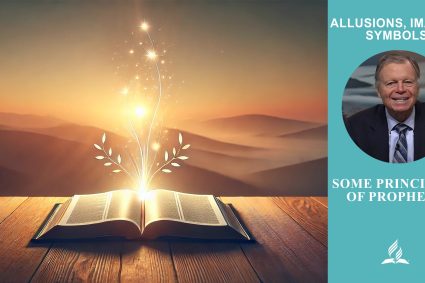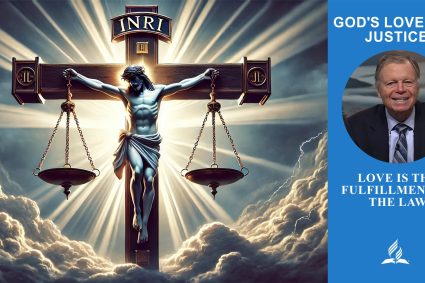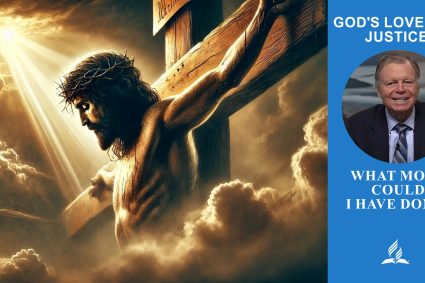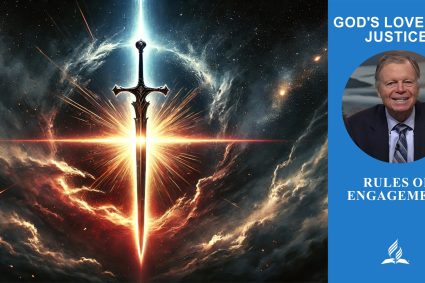
Series THREE COSMIC MESSAGES with Pastor Mark Finley |
Lesson 9: A City Called Confusion |
Babylon and the Challenge of Idolatry: A Critical Look at the Second Commandment |
The ninth lesson delves deeply into the topic of Babylon and its central place in idolatry. This lesson highlights the critical role of idolatry in Babylon’s worship culture and how these practices ultimately led to Babylon’s downfall. In contrast, the biblical prophets emphasize the uniqueness and majesty of the living God. The lesson also examines the second commandment, which prohibits the worship of images, and how this rule was violated through the introduction of symbols in Christianity.
Memory Verse: Revelation 17:14 – “They will wage war against the Lamb, but the Lamb will triumph over them because he is Lord of lords and King of kings—and with him will be his called, chosen and faithful followers.”
Memory Text: Revelation 17:14 – These will make war with the Lamb, and the Lamb will overcome them, for He is Lord of lords and King of kings; and those who are with Him are called, chosen, and faithful.
Content:
9.1 Two Contrasting Systems
God’s Church and End-Time Babylon: Two Contrary Religious Systems in Revelation
Revelation presents two opposing systems: God’s Church, described as faithful and obedient to God’s commandments, and end-time Babylon, a symbol of a false religious system. While God’s Church is portrayed as the called, chosen, and faithful, Babylon symbolizes a fallen religious system that has deviated from true doctrine. The image of the woman dressed in purple and scarlet in Revelation 17 visualizes this apostate power, exerting influence through false teachings and actions, leading people astray. The Bible warns of the negative effects of this spiritual Babylon that seduces the kings and inhabitants of the earth into spiritual “drunkenness” and “adultery.”
9.2 The Wine of the Wrath
The Influence and Deceptions of Babylon: From the “Wine of Wrath” to God’s Call to Withdraw
The fallen church system, symbolized by Babylon, has a far-reaching international influence and deceives people worldwide with its deceptions. It forms unholy alliances with the political powers of the earth to gain power and authority, instead of relying on Jesus Christ as the true head of the church. The symbolism of the “wine of wrath” in Revelation illustrates the distortion of the pure Gospel and the misrepresentation of God’s teachings through human traditions and false doctrines. Despite Babylon’s widespread power and corruption, God calls His people to come out of this corrupt system and distance themselves from its deceptions.
9.3 Mystery, Babylon the Great
The Corrupted Legacy of Babel: Human Autonomy versus Christian Grace in Babylon
The great Babylon in Revelation represents a fallen religious system with its roots in Old Testament Babel. Similar to the Tower of Babel, which was built in rebellion against God’s word, this system is based on human autonomy and self-glorification. It is described as “drunk with the blood of the saints,” highlighting its corrupted and violent nature. Contrary to a Christ-centered faith based on the grace and sacrifice of Christ, Babylon relies on human authority and traditions, replacing true dependence on Christ for salvation. Revelation contrasts these two religious systems and emphasizes the importance of relying on the pure Gospel and the love of Christ, rather than human doctrines and traditions.
9.4 A Call to Commitment
Triumph of the Church: Dedication to Human Traditions and Divine Truth
The call to dedication in Revelation reminds us that despite the apparent defeats and challenges faced by God’s people, God promises that His church will ultimately triumph. Christ promised His church in Matthew 16:18 that “the gates of hell will not overcome it.” In contrast, the Babylonian system is based on human teachings and traditions that distort true Godly teaching. Historically, church-state systems, like ancient Babylon and later Roman pontiffs, claimed to take God’s place on earth, a claim debunked by Scripture. In the last days, a similar system will arise, spiritual Babylon, which opposes faithful worshippers of God and elevates its authority over divine commandments.
9.5 Babylon: The Center of Idolatry
Babylon’s Idolatry and the Uniqueness of the Living God
Idolatry was at the center of Babylonian worship, as evidenced by Jeremiah 50 and 51, which predicted Babylon’s destruction by the Medes and Persians due to its idolatry. For the Babylonians, idol images represented their deities, and ritual worship of these images was considered sacred. In contrast, the biblical prophets contrast the living and life-giving Creator God with these lifeless images. The second commandment, as described in Exodus 20:4–6 and Psalm 115:4–8, prohibits the worship of images and emphasizes the uniqueness and majesty of God. Although idolatry in spiritual Babylon may be more subtle by introducing images and symbols in Christianity, it remains a violation of the second commandment, depriving the Holy Spirit of the ability to convey divine truths.
9.6 Summary
Babylon’s Idolatry and the Challenge of the Second Commandment
The ninth lesson sheds light on the topic of Babylon and its central place in idolatry. Babylon was criticized for its idolatry and worship of idol images, which ultimately led to its destruction by the Medes and Persians. In contrast to the living God emphasized by the biblical prophets, the Babylonians reduced God’s majesty to lifeless statues. The second commandment emphasizes God’s uniqueness and prohibits the worship of images, a practice that was later continued in spiritual Babylon through the introduction of images and symbols in Christianity. This practice is considered a violation of the commandment and deprives the Holy Spirit of the ability to convey divine truths.
(Visited 58 times, 1 visits today)


